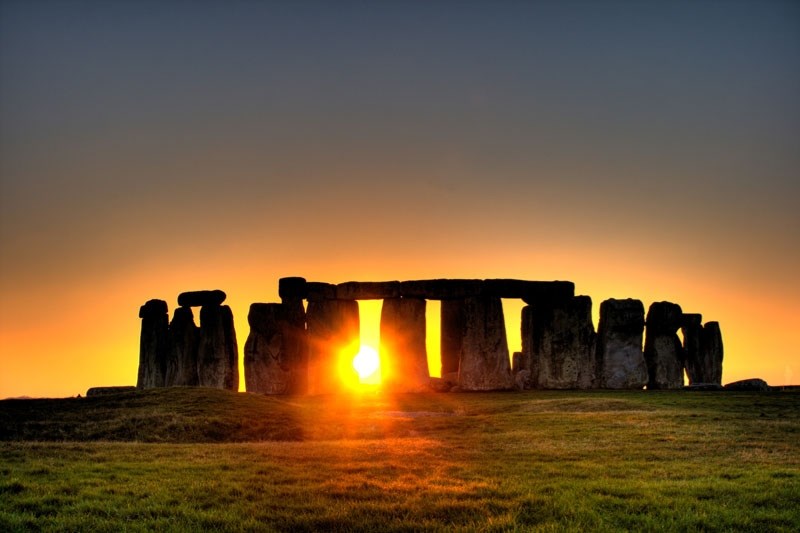Every civilization in every corner of the globe developed some system of calendar, and many of them were much more precise than the modern free calendars handed out at the drugstore or sent in the mail by your local real estate agent.
The ancients studied the heavens and had an intricate connection with the Moon and the Sun. They needed to understand when to plant crops, when to harvest and when to expect the next big celebration or perhaps the next big sacrifice.
“We don’t know whether the ancients used only cyclical time, relating to the cycle of the seasons or if, like us, they also had an idea of linear time. With cyclical calendars, the seasons always repeat, so they measure when spring is. Whereas a linear calendar shows progress, or time going forward,” said Prof. Natalie Kononenko of the University of Alberta, who has studied ancient mythology and folklore.
Kononenko pointed out that many cultures developed lunar calendars.
“The Chinese and the Muslim calendars are lunar,” she said.
Archaeologists have speculated that a 7.7-centimetre bone fragment found in a cave between South Africa and Swaziland may be a lunar calendar. The bone carving features 29 notches and dates to 35,000 B.C.
Perhaps the oldest and biggest solar calendar in the world is Stonehenge, which was constructed about 3,000 B.C. by the Druids. Stonehenge marks the sunrise and sunset at the time of the summer and winter solstices.
At about the same time as the Druids were building Stonehenge, the Mayans developed their solar calendar. The Mayans mapped the solar system with considerable accuracy and calculated the exact length of the solar year to be 365.2420 days. Modern scientists have determined the solar year to be 365.2422 days, which is only seconds different than what the Mayans calculated.
In 45 B.C. Julius Caesar’s calendar makers also figured out that the year was not exactly 365 days and decreed that the lunar calendar that had previously been used was no longer valid. The new Julian calendar had 365 days and was to be 12 months long instead of ten.
But the Julian calendar needed fine-tuning to allow for key dates of importance to Christians. In 525 AD a monk named Dionysius Exiguus was asked to fix the exact date of the birth of Jesus. He made this day the starting date for the Christian calendar. The year 1 BC was followed by the year AD 1.
This calendar was fairly accurate, but that extra few minutes on every year added up. In all, one day was lost every 128 years. The time for celebrating Easter was out of whack so in 1582 Pope Gregory XIII changed the leap-year rule. February would have 29 days in every year that was divisible by four but on century years, such as 2000, there would be a leap year only if it was divisible by four hundred. So 1800 and 1900 were not leap years.
Though the Mayan calendar was precise as modern calendars go – down to the second as it were – it just won’t work because it’s so unwieldy. And as the doomsday predictions of Dec. 21 show, it doesn’t quite work on a day-to-day basis.
“The Mayans celebrated the new year every 395 years. For them, the year-cycle was 144,000 days. So for them, the end of the cycle on Dec. 21, marked a new era,” said Prof. Ann Deleon of the University of Alberta, who stressed that the Mayan calendar never predicted the end of the world, only the end of an era.
“It was a misinterpretation or a misunderstanding of the hieroglyphics,” she said.
Those ancient calendars were made of stone. Lugging a Mayan calendar around would be a trick. The Gregorian calendar ensures that the first day of spring, or the vernal equinox, will be held on March 21 each year and makes it easier for Christians to mark the date of Easter. Except for the Mayan calendar, the Gregorian calendar is the most accurate in history.




